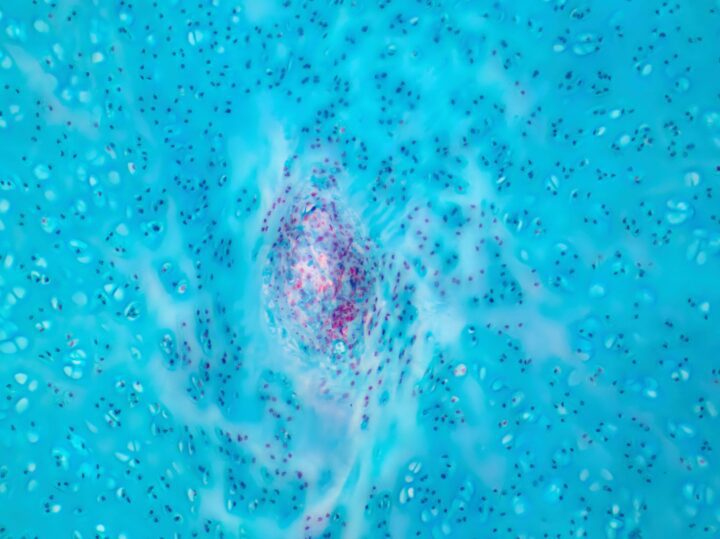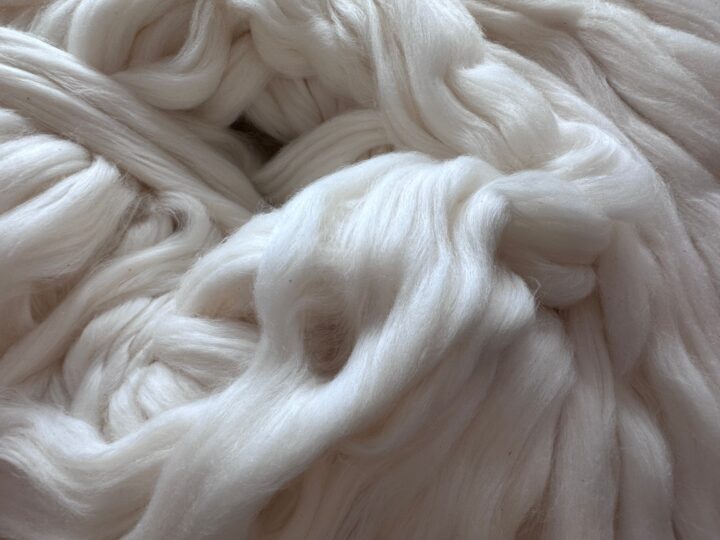Renaissance Fiber creates high quality hemp fiber using a degumming method based on natural degradation of plant fibers observed in tidal streams.
Benefits
- Carbon sequestration
- Reduced energy use
Applications
- Textiles
- Clothing manufacturing
UN Sustainable Development Goals Addressed
-

Goal 12: Responsible Production & Consumption
The Challenge
Cotton and synthetic plastic fibers are a major threat to the planet (GHG emissions, pesticides, water, microfiber, degradation, etc.). Hemp, a natural fiber, addresses these problems, but softening it for textile use is expensive and polluting. Additionally, US hemp fiber is sourced through global supply chains. For market opportunity, US textile mills shipped $30B of yarn & fabric in 2019 that hemp can readily blend with or replace.
Innovation Details
Cultivating hemp for textile fiber is an ancient practice, however with the advent of modern agriculture and the invention of synthetic textiles, the processing required for hemp meant it could not compete economically with these alternatives. Renaissance Fiber has developed a degumming method based on natural degradation of plant fibers observed in tidal streams, using far less energy than traditional hemp processing and creating hemp fiber that is more affordable and higher quality than other fiber types. At the same time, their process sequesters carbon in the effluent, which can be returned to the ocean as a natural carbon sink.

Watch how Renaissance Fiber improved the process of hemp fiber degumming by learning from tidal estuary ecosystems.
Biological Model
The stems of plants such as hemp and flax are made up of strong fibers surrounded by other, less durable cells and a gummy substance that holds it all together. After a plant dies, organisms such as bacteria and fungi that specialize in decomposing organic materials move in. They eagerly consume the nonfibrous materials, leaving clean, intact fibers behind.
Ray of Hope Prize
The Ray of Hope Prize® celebrates nature-inspired solutions addressing the world’s biggest environmental and sustainability challenges. Created in honor of Ray C. Anderson, founder of Interface, Inc. and a business and sustainability leader, the $100,000 Ray of Hope Prize helps startups cross a critical threshold in becoming viable businesses by amplifying their stories and providing them with equity-free funding. The prize shines a light on the innovative, nature-inspired solutions that we need to build a sustainable and resilient world. Renaissance Fiber was selected as a finalist for the 2021 Ray of Hope Prize.





